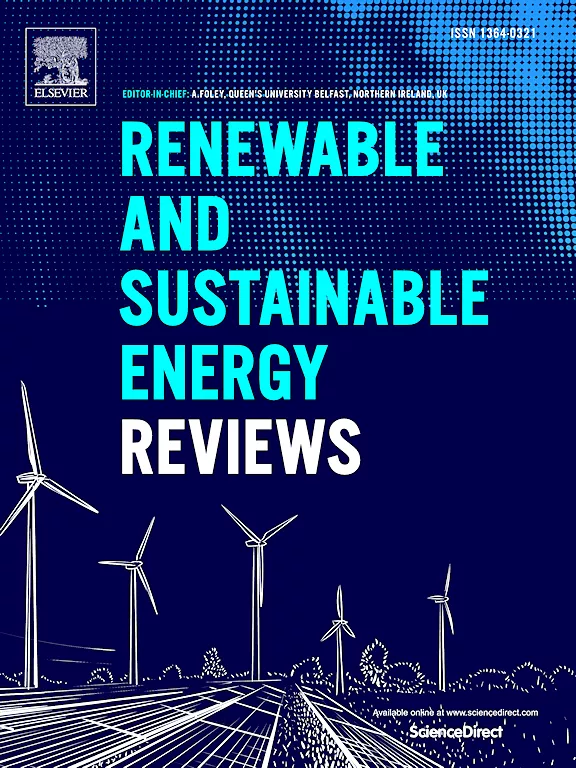Water–energy nexus in Central Asia's lift irrigation schemes: Multi-level linkages
Separating downstream agriculture from upstream hydropower in transboundary river basins complicates water management at the national level. The shift from hydropower to thermal power supply increases the competition for water between agriculture and energy generation, accelerates depletion of fossil energy resources, and increases greenhouse gas emissions. Because of the competition for scarce water between agriculture and energy generation, brackish groundwater irrigation has been explored as an option to cover the water deficit in Central Asia's lift irrigation zones. This study examines the combination of aquifer storage and recovery with drip irrigation to improve brackish groundwater quality in the Karshi Main Canal zone. In this zone, a cascade of sequential pump stations is used to lift water from the transboundary Amudarya River. The method used to evaluate the technology is a pilot-scale field study. The results show that wide-scale adoption of the technology can produce significant water (24%) and energy savings (19%), as well as reduced saline flows and emissions of greenhouse gases.
Year
2021
Publication Source
Renewable and Sustainable Energy Reviews
Publication type
Scientific Paper
Volume/Chapter/Issue
147









